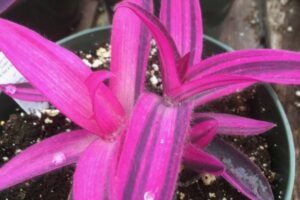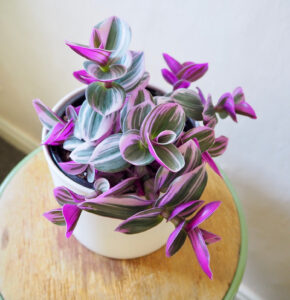Tradescantia Pallida Care Instructions provided in detail below with step by step instructions. Variegated or variegata (Setcreasea Pallida) has tricolor leaves of hot pink, dark purple and green.
House Plants That Pop!
Excellent choice for home decor to highlight that area you want to show off! Amazing Houseplant for that.
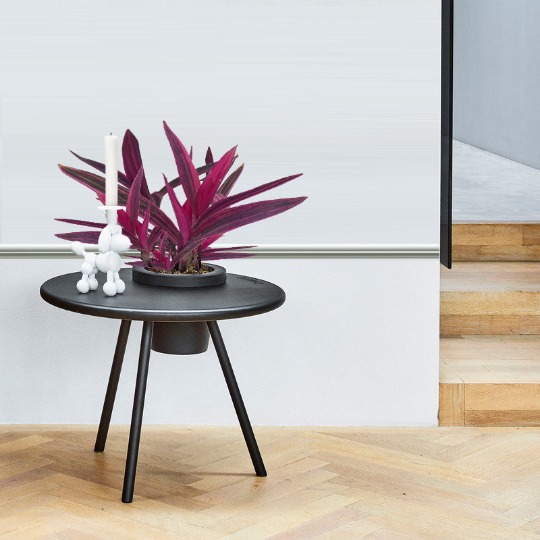
Did you ever want a little contrast in your home? Do you love houseplants? This plant is a great way to add a little contrast to your home year round.
Where to Buy?
You can find Tradescantia Pallida Setcreasea on Etsy.com
Setcreasea Pallida Variegated also known as Tradescantia pallida ‘variegata’ has bright pink and purple leaves that are striped.
This Rare Tradescantia Variegated house plant is trending in 2021.
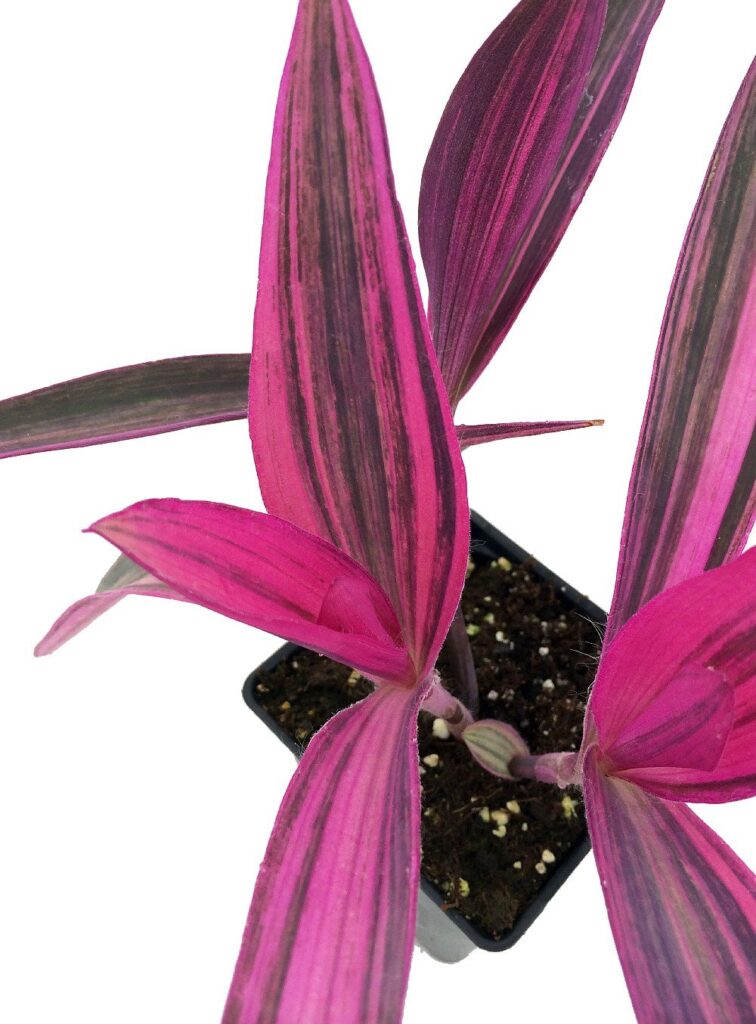
Purple Heart Houseplant
Here is a list of known qualities about this variety of purple heart Tradescantia
- Growth Habit RAPID SPREADING AND TRAILING FOLIAGE PLANT
- Mature Height 12 INCHES
- Cold Hardy UPPER 20’s
- Temperature WARM
- Light SHADE TO SUN
- Container FRIENDLY
- Plants Container 1-2 PLANTS PER CONTAINER
- Fertilizer MODERATE BALANCED FERTILIZER
A close relative to the Tradescantia Pink Nanouk.
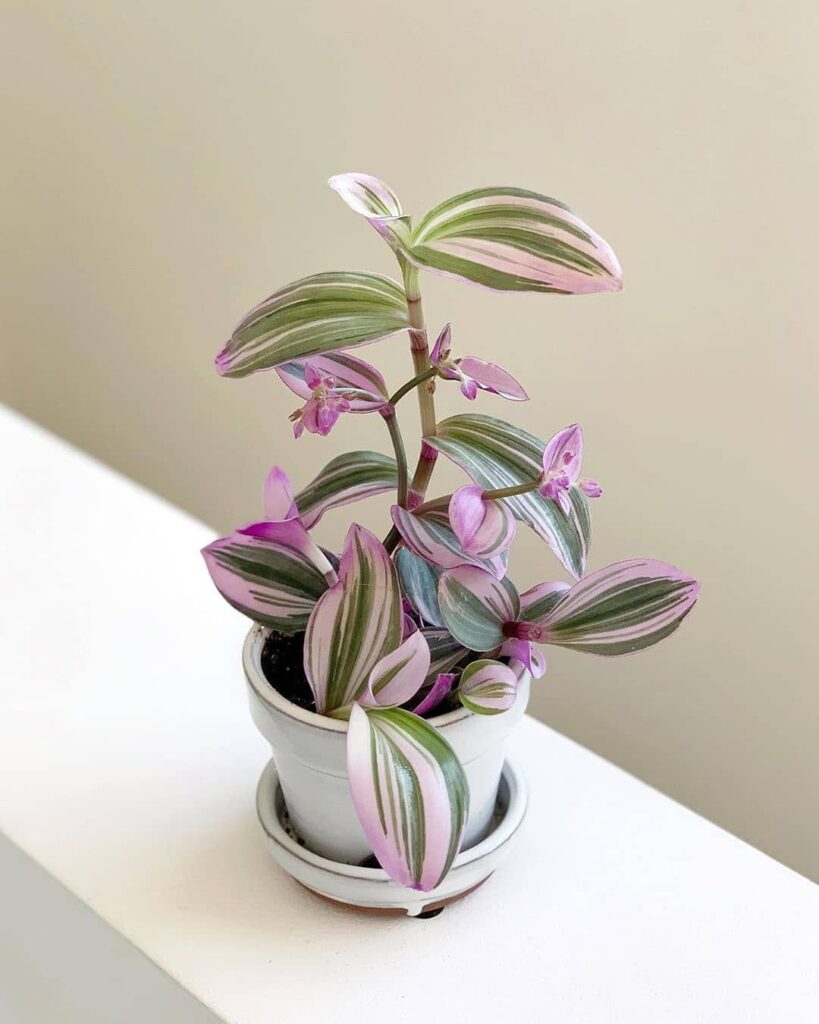
More about the Tradescantia Secreasea Pallida Houseplant
Tradescantia ‘Purple Heart’ Variegated is a trailing, tender perennial with purple stems and violet-purple leaves that produces pink flowers in summer.
This plant is mainly grown for its foliage (leaves can reach 7 inches in length); best color is achieved in bright sunlight and a dry, cramped root zone.

Tradescantia Variegated is beautiful and easy to care for as a house plant.
It is excellent as a groundcover or in containers or hanging baskets. It grows 8-12 inches tall and 16 inches wide.
Check out the black purple stripes that make the pink really stand out on the variegated leaves.
Tradescantia Pallida Care | Planting Directions
Watering and Moisture
Water your Tradescantia Pallida when the top inch or so of soil is dry, but take care not to let the plant completely dry out. It’s ideal to water the soil directly so that you avoid getting the area between the leaves wet, which can cause the plant to rot. Your Tradescantia Pallida will grow best in a humid environment.
Light
Your plant will like a bright and filtered light area of your home. It does not need direct sunlight. In fact, it does not like direct sunlight. Since your Pallida enjoys indirect sun a good place for it to grow would be a room that has windows where daylight is present for 8 hours.
So if you live in the United States this will be on the southern side of your house.
Temperature
The ideal temperature for the Pallida Tradescantia cultivar is between 55° and 75° degrees Fahrenheit. Outdoors, this Tradescantia is winter hardy in USDA hardiness zones 10 through 12 so pay attention to what zone you are in.
Zones 9 and below grow as a houseplant because the cold can cause it to perish.
If you do not live in a tropical zone you can bring in your plant and place in a bight warm spot throughout the winter.
Repotting your Tradescantia
When it is time to repot your Tradescantia Pallida you will want to chose a pot that is at least double the size of the root ball. This allows for the roots to re-establish themselves to support new growth.
To enhance drainage, it’s a good idea to add a few handfuls of perlite, orchid bark, or coarse sand to the mix. Be sure to use a pot or container with a hole in the bottom for drainage so the roots will not rot.
Soil
Use a standard well-draining houseplant soil when planting your Pallida Variegata. Some may disagree, but really the soil is not a big concern. Tradescantia will thrive in pretty much anything that drains well and does not leave sitting or standing water for a period of time.
Fertilizer
Feeding and fertilizing your Pallida can be done in the Spring until Summer time. This is the normal growing period for them and it’s when you will see the most substantial growth. You may even see a few triangular flowers too!
We do not fertilize our Tradescantia. Rather, we use a high grade potting mix and when it is time to repot, we then use the high grade mix again.
Again, this is a very low maintenance plant and if you give it good growing conditions as listed above you will enjoy it’s beauty for many years to come.
Pruning
Tradescantia Pallida pruning is necessary if you want a full bushy like houseplant. You can take a pair of scissors which works best and cut right above a leave node. This will help the plant to push out another stem or two right from the leaves just below where you trimmed off the top part at.
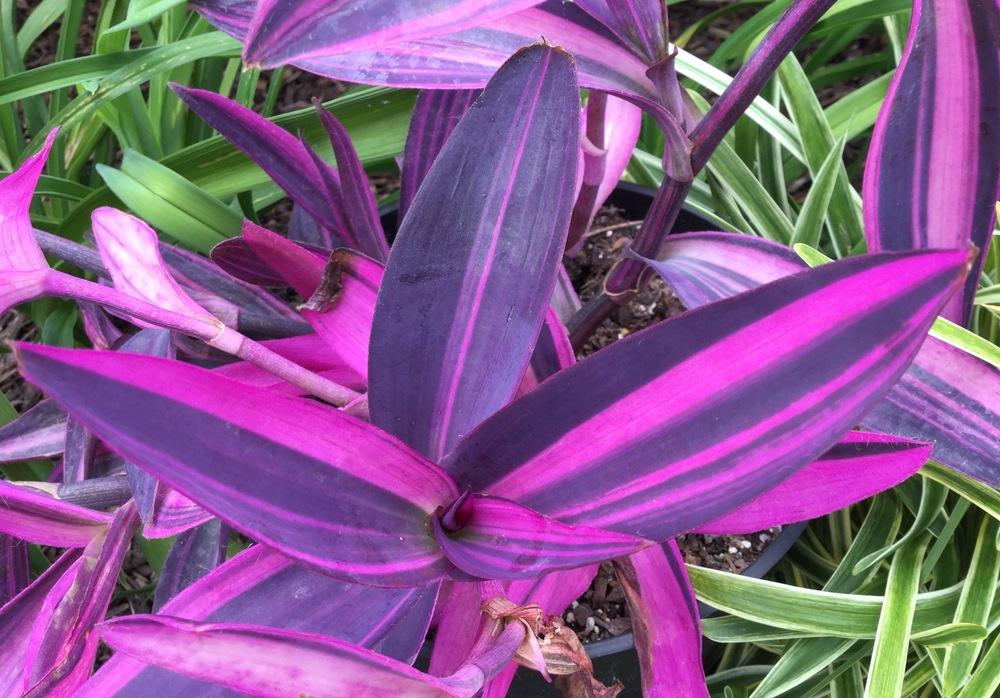
Tradescantia FAQ’s
How do I care for my Tradescantia?
It is very easy to care for and hard to kill. Give it plenty of indirect bright light and water once the top of the potting soil goes dry. Tradescantia enjoys humidity. In winter months you can water less frequently which makes it a great houseplant for the busy person.
Why is my Tradescantia dying?
Brown leaf tips are lack of humidity or direct sun too long. Yellow leaf could be a bacteria issue but it’s probably just too much moisture or the plant soil is not draining. This can lead to root rot from sitting in water for too long. If this is the case just allow the soil to dry out and stop watering it. At this point you may consider fresh soil and repotting into a well draining soil with plenty of perlite mixed in.
How do you make Tradescantia bushy?
Simply pinch it back. Trim the branches just above the node or knobby part of the stem. Don’t worry because behind each current leaf there is a node where a new leaf will emerge causing the new growth to bush out rather than get leggy. You can also take the cuttings and place them in the soil with at least one node under the top of the soil where it will begin to root. This process may take a month but you just fixed your problem.
How often do you water a Tradescantia?
Water only when the top of the soil gets dry. It is a succulent and it can go weeks without water. Going that long with water is not advised but your Tradescantia is capable of surviving extended periods without water.
What is bright indirect light?
This simply means not to place your Tradescantia in the direct sunlight. Keep it in a room that is bright during the day. If you lack bright light then a simple grow light will work but keep it at a good distance and not right up on the plant as it will scorch the leaves.
Is Tradescantia a fast growing plant?
Yes, once established, a Tradescantia can be somewhat aggressive. The growing conditions and time of year play a role in how fast it will grow. In nature it is a creeping ground cover.
Is Tradescantia toxic to pets?
Studies have shown that the plant contains a level of toxicity from an irritant in its sap and if ingested it is toxic for a pet. However, we have not seen any records of a pet dying due to a run in with Tradescantia. At worst, you may notice an allergic skin reaction and mild complications for even the handler. So keep the plant away from your pets. Always wash your hands after coming in contact with the plant.
How Fast does Tradescantia Grow?
The answer is really fast. If you want to give your plant a good boost just water it!! Really, in the Spring keep the soil watered and it will take off. If you want it to grow slower let the soil dry out. Tradescantia has similarities to succulents because it can handle dry soil conditions well in the winter months.
Why is my Tradescantia Leggy?
This could be due to a couple of issues. First, you want your plant in a light area and not to be dark all day. It needs at least eight hours of light per day.
Second, you need to prune it. By pruning and clipping off the leggy long stems it will cause the plant to branch so it will fill out for you.
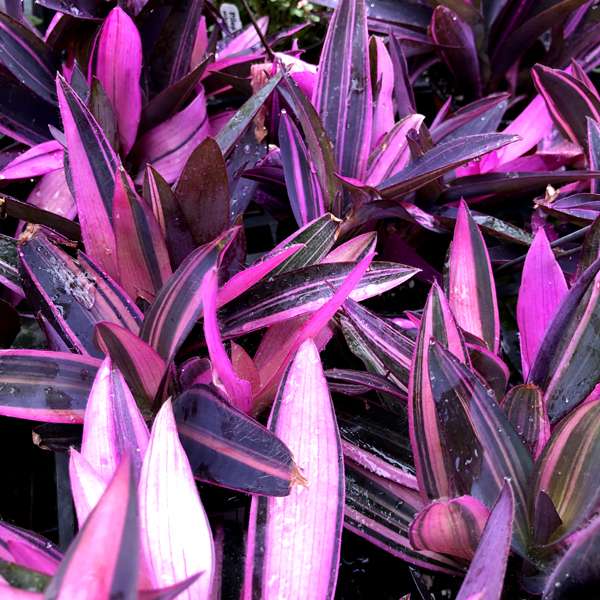
Secreasea Pallida Variegated Care
Care: Provide moist soil in part to full sun.
Pinch to encourage bushy growth.
Cut back flowering stems after blooming.
Water moderately and fertilize monthly during active growth.
Propagation of Tradescantia
Insert 2- to 3-inch-long stem-tip cuttings in soil mix or water and pot up in soil-based mix.
Roots will form in 3-4 weeks so be prepared to transplant quickly.
Conclusion:
Also known as Tradescantia pallida ‘Pink Stripe’ (Pink Stripe Spiderwort) is shockingly bright and makes for a great contrasting plant versus the normal green ones because if it’s unusual leaf coloring.
Check out the Garden Tag.
Plant in light shade or part sun and water regularly to occasionally. The leaf color varies with amount of sun and water with the best color in the brightest light.
Hardy and evergreen in frost free gardens but will freeze back in colder locations.
So bring it indoors because it makes an excellent house plant.
What are your thoughts? Will you ever grow this particular plant?

